What are the six grave violations against children in times of conflict
There is no place for childhood in war; however, millions of children are growing up in the middle of horrific violence and are affected by the following six grave violations in many ways. In 2022, approximately 468 million children were living in a conflict zone.
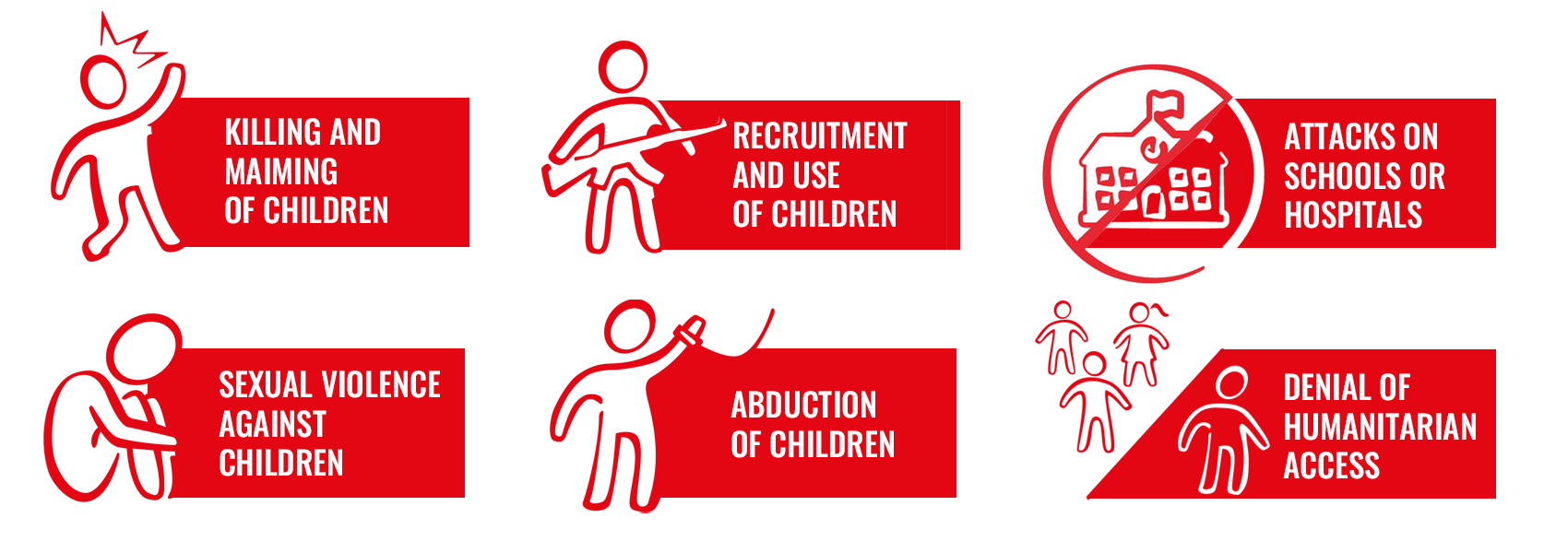
Seven-year-old Mbokani*, was at school when conflict broke out in his home village in the Democratic Republic of Congo. Together with his mother and four siblings, the family fled to a displacement camp. “I have lost many friends. Some have died. I want the war to end, so that we can go home,” says Mbokani.
Children living in armed conflict are constantly under threat. From widespread killing, maiming, abduction, and sexual violence to recruitment into armed groups, and attacks on schools and hospitals, children living in conflict around the world continue to come under attack at an appalling rate. In 2022 alone, 27,638 grave violations against children were verified worldwide.
But what exactly are grave violations?
In the context of children living in conflict, a grave violation is an action that causes significant harm or poses a serious threat to the well-being and rights of children. These violations are usually severe in nature and demand immediate attention and intervention.
In 2005, the United Nations Security Council established a Monitoring and Reporting Mechanism (MRM) to systematically monitor, document and report on these six grave violations committed against children in conflict:
1. Killing and maiming of children
Often, children are killed or injured by crossfire, aerial bombardment, suicide attacks, shelling, and buried and forgotten landmines.
In 2022, the highest reported numbers of children killed were in Ukraine, Burkina Faso, and the Democratic Republic of Congo, while the most cases of maiming of children were in the occupied Palestinian territory, Ukraine, and Afghanistan. In January 2024, it was reported that in Gaza more than 10 children per day have lost one or both of their legs since the latest escalation of the conflict started in October 2023.
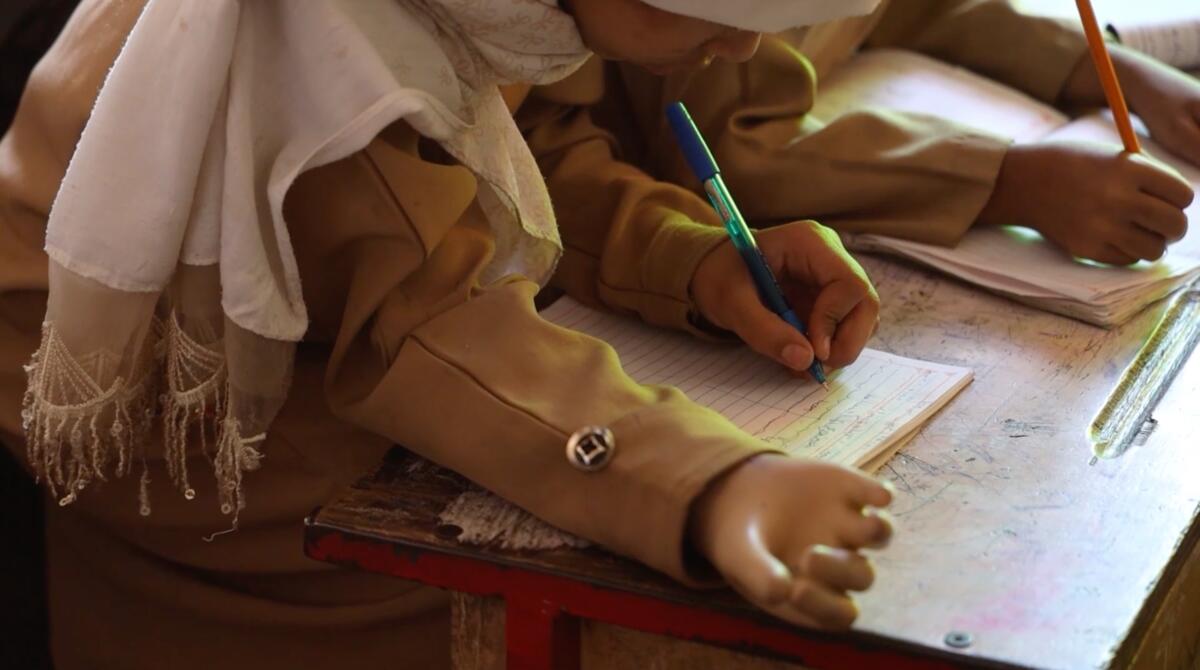
2. Recruitment or use of children in armed forces and armed groups
In conflict settings, children are abducted and can be forced to join armed groups to escape poverty or to defend their communities.
Sixteen-year-old Kabera* from the Democratic Republic of Congo , was threatened to be killed if he did not join the militia. “They trained me on how to assemble and disassemble the weapon, and how to do bad things. For example, how to kill people,” says the teen. Once Kabera left the militia, he was reintegrated back into his community with the support of a Save the Children local partner. Children like Kabera witness and experience horrific acts of violence which can lead to serious long-term psychological consequences.
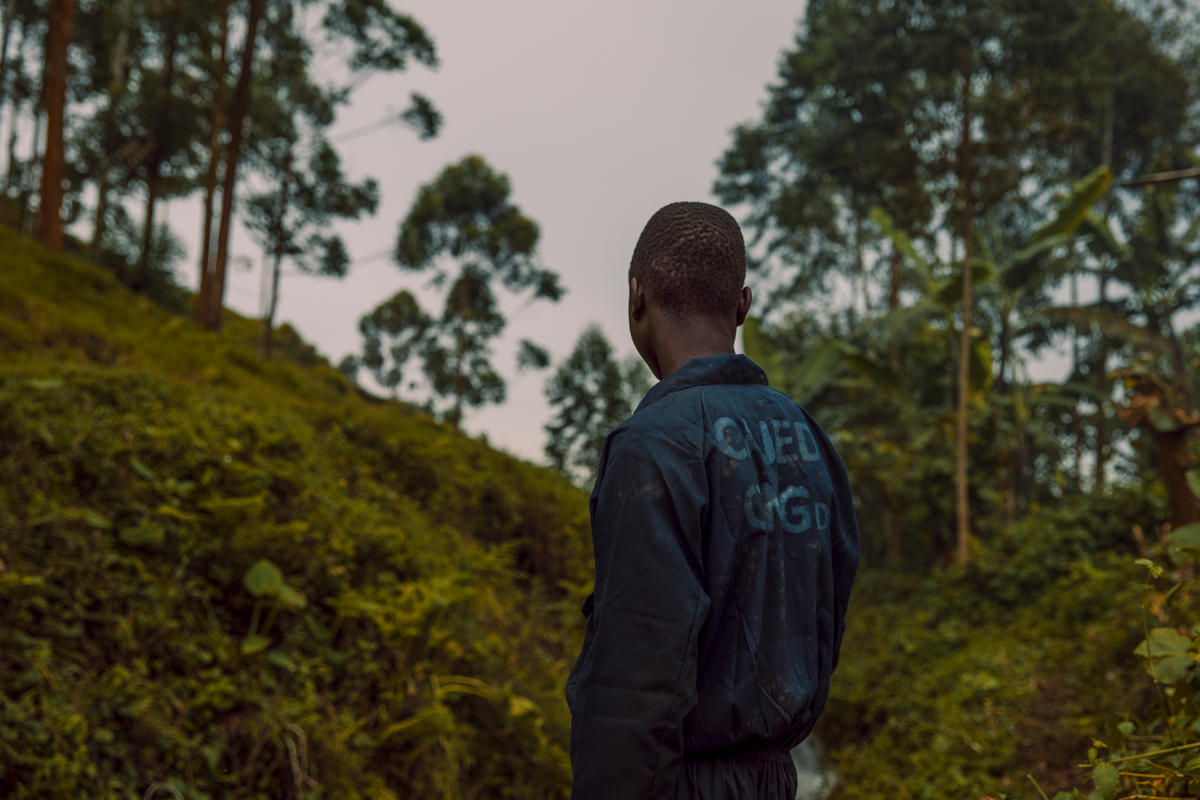
3. Attacks on schools or hospitals
Schools and hospitals must remain zones of peace for children even during conflict. When these institutions are attacked or destroyed, the disruption of services has detrimental effects on children.
In South-east Ukraine, the invasion of Russian armed forces disrupted access to essential health care, “You go to the children’s clinic, air alarm, everyone is kicked out with their children, the child has a fever, no one is interested”, describes a young mother.
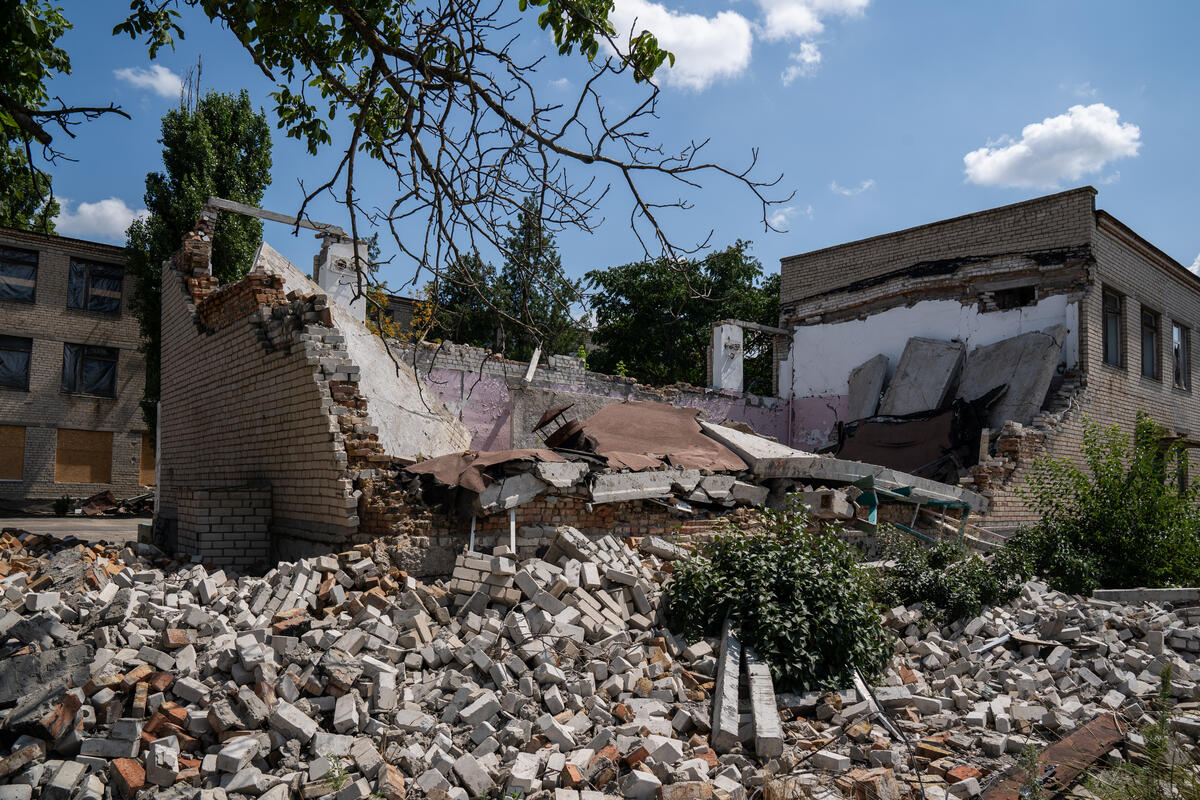
4. Rape or other grave sexual violence
Sexual violence can be a characteristic of war, often directed towards girls and boys in settings marked by a lack of a rule of law. In some instances, sexual violence has been used as a tactic of war designed to humiliate a population or to force displacement. Oftentimes when children endure this horrendous crime, they can experience long-term psychological trauma, sexually transmitted infections, early pregnancies, rejection by their families, and be forced to drop out of school. Girls and boys who are survivors of sexual violence may not report the crime because they are afraid of potential backlash and the stigma from harmful gender norms.
In Sudan, girls face a disturbingly high number of sexual assault and rape by armed combatants. Between April and July 2023, 88 cases of rape were officially verified. However, it is believed this represents only two percent of the actual number.
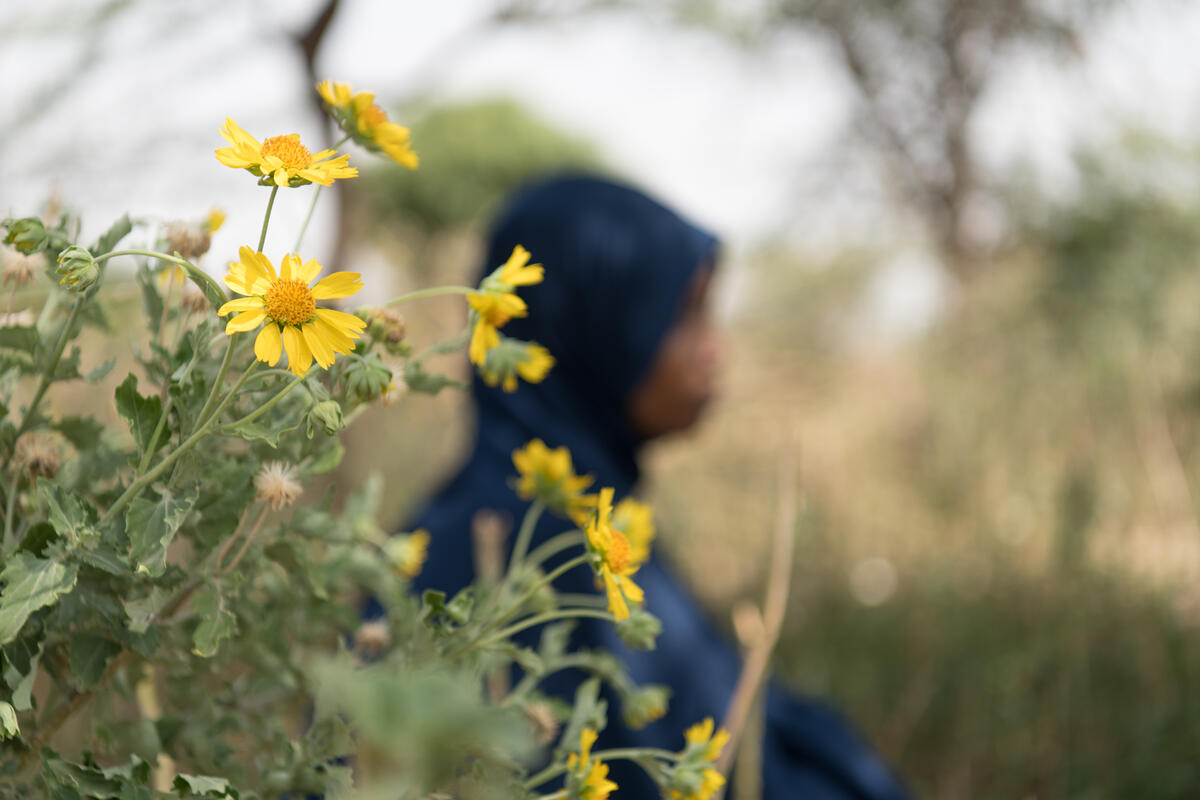
5. Abduction of children
Mass abductions of civilians, including children, are on the rise. Armed groups abduct children in greater numbers and use abductions as a tactic to terrorize or target ethnic groups or religious communities.
In conflict zones, children who are abducted from their families can face brutal treatment. Abduction is usually followed by other grave violations like killing, maiming, recruitment into armed forces, or sexual violence.
Save the Children is deeply alarmed that Israeli children were abducted and taken hostage by Palestinian armed groups in Gaza. Hostage-taking is an absolute prohibition under international humanitarian law and firmly entrenched in customary international law. It can constitute a war crime. Under no circumstances are children to be treated in a cruel or harmful manner – the very nature of hostage taking is cruel and harmful, with devastating impacts on children, as well as their families. Save the Children condemns all acts of violence against children in the strongest terms. All children held hostage must be unconditionally released, immediately
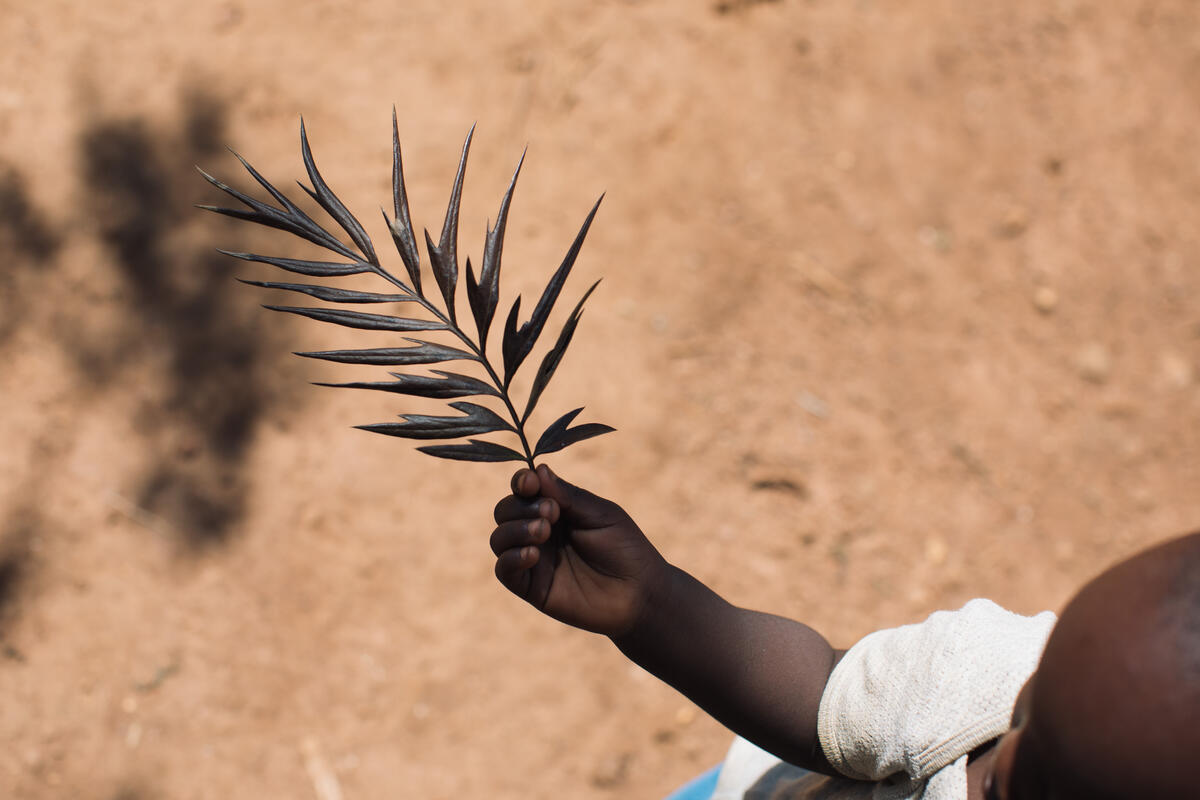
6. Denial of humanitarian access for children
In 2022, a total of 3,931 incidents of denial of humanitarian access were reported and verified in conflict areas. The denial of basic needs and supplies threatens the lives of people, especially children.
As the crisis in Gaza rages on, humanitarian access is facing significant challenges. Emergency aid including, water, food, shelter and medicine has been prevented from entering the area, leaving millions of children and families facing famine like conditions and in desperate need of basic assistance.
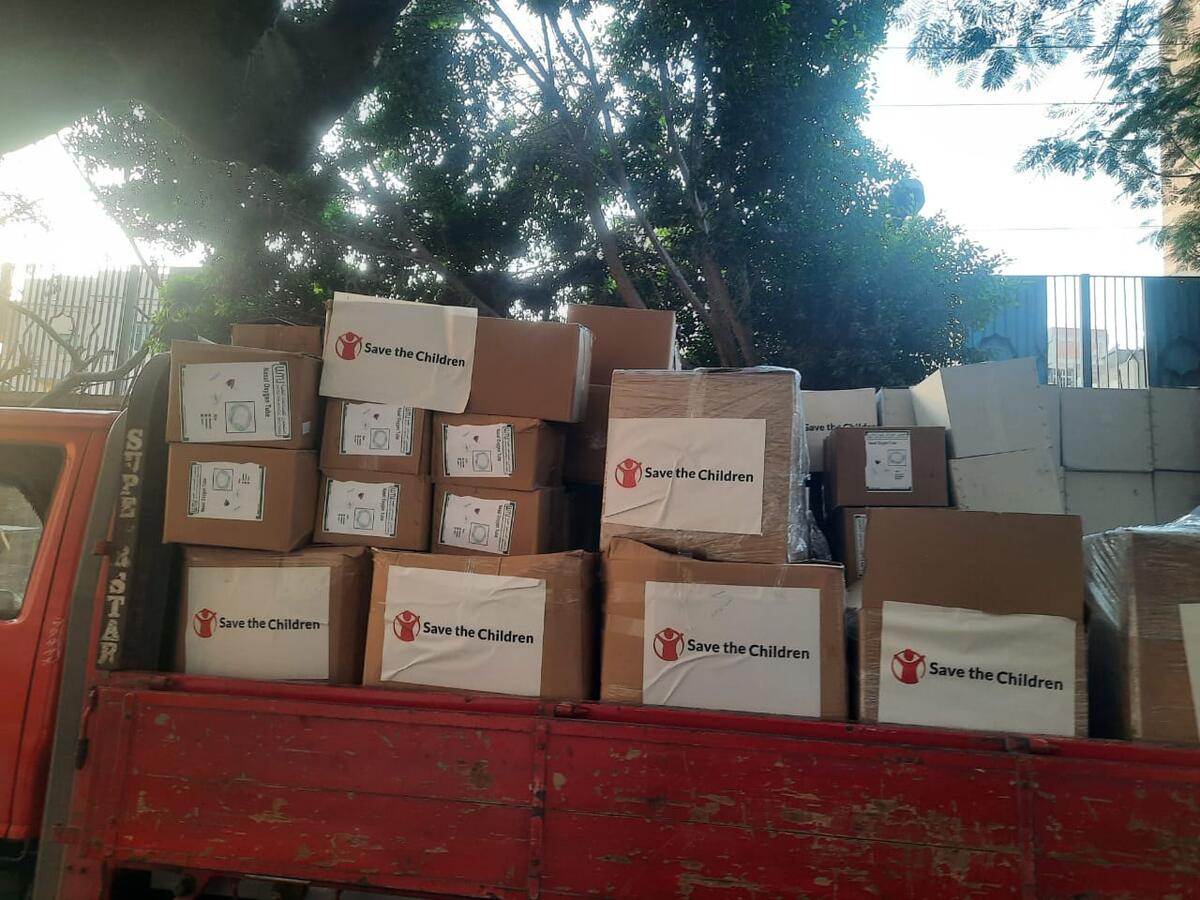
Standing up for children
More than a century ago, Save the Children’s founder Eglantyne Jebb said, “All wars, whether just or unjust, disastrous or victorious, are waged against the child”. These words are even more meaningful today, since millions of children around the world face violence and conflict.
The six grave violations highlight the significant impact of armed conflicts on children. They underscore the need for international efforts to protect all children and hold perpetrators accountable.
As a child rights organization, it is our priority to protect and uphold the rights of children everywhere. When a conflict arises, we respond immediately and work with local partners to support children and provide essential aid.
War disrupts childhoods and halts dreams. No child should have to grow up like this. We must stop the war on children.
Sources:
Save the Children, Gender Equality and Conflict Sensitivity Assessment, February 2023
Save the Children, Gender Equality and Conflict Sensitivity Assessment, February 2023
Data Friendly Spaces/IMPACT, Ukrainian Crisis, Situational Analysis, October 2023, p.25


